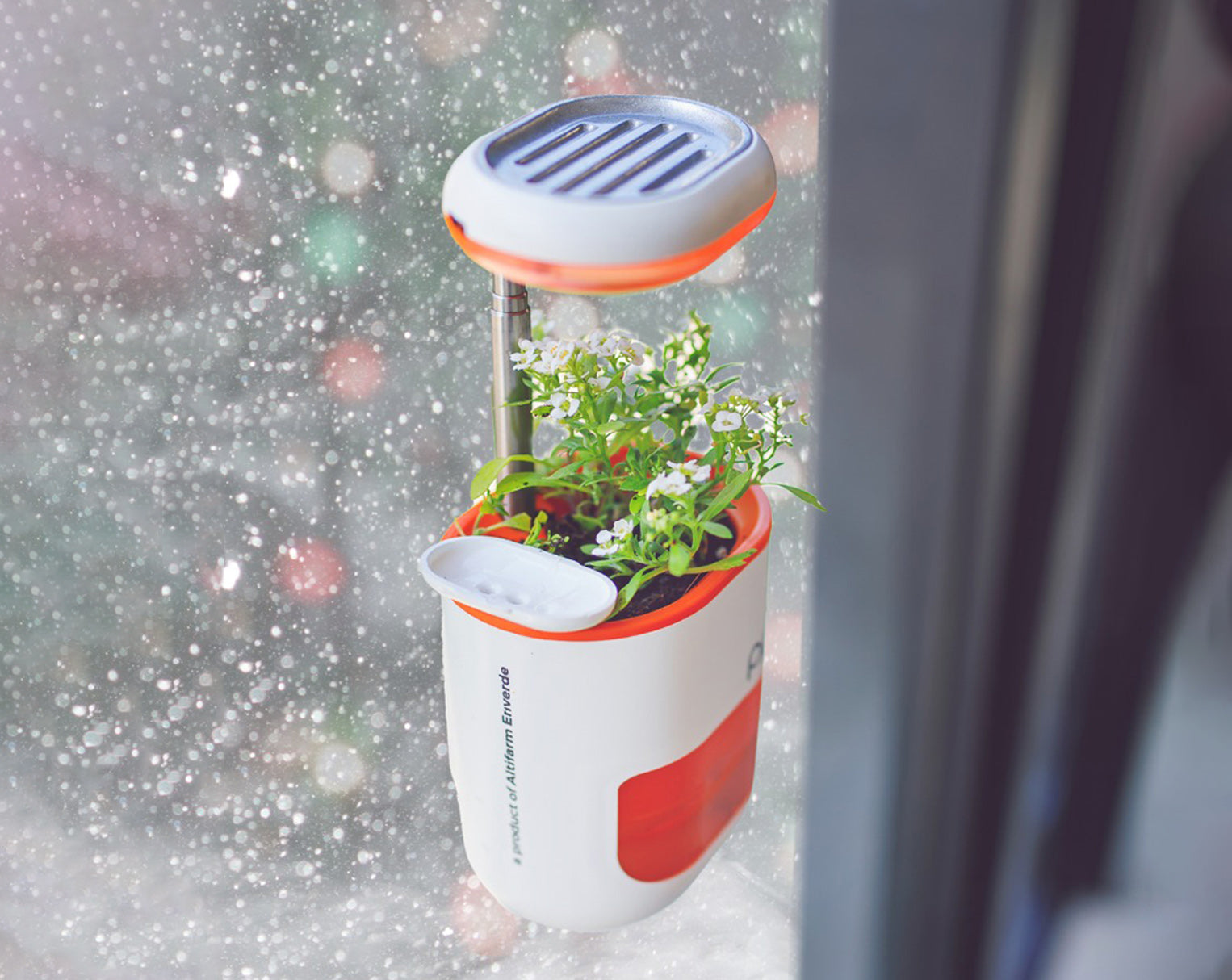
Top-5 Winter Gardening Tips
Winter can seem like a gloomy time in the garden. Temperatures, humidity, and sunlight are significantly lessened during this time of the year so our plants need a little extra care. Today we’ll be talking about some helpful winter gardening tips that are sure to come in handy. Your plants will love you for this!
So, let’s get onto the nitty-gritty of caring and maintaining our plants during the fall and winter:

1. Bring your houseplants inside
Get your houseplants inside to protect them from frost. Plants that have been growing outdoors need a little bit of maintenance before bringing them inside. This includes giving a quick wash to your plants, pulling out weeds, if present, and checking for pests, removing if you find any. Wipe the leaves as dust and grease can accumulate on them. Use a soft sponge or paper towel for cleaning. You can even wash the foliage with a mild solution of hand or dish wash soap mixed in water (1-2 tablespoon in a gallon of water). If needed, prune your plants a bit to encourage strong lateral growth.
2. Water less often
Watering can be tricky for some people during winter because it’s really easy to overwater plants, for a multitude of reasons. Your plants are sleepier during this time and won’t require as much water. So, be careful about how much and how often you’re watering. Always follow the general rule of thumb to check your soil before you water.
Just poke your finger one inch deep and feel the soil. If it feels dry and hard, it likely needs watering and if it feels moist or wet, no watering is needed. You can also check by picking the plant up to see how heavy it is. Super light means dry & ready for the water. Heavy pot means wet soil, so no need for water.
Be sure to water thoroughly when you do. Let the water drain out of the drainage hole and then place it back in the saucer. Allow the soil to become dry on the surface before you water again. This method maintains a good balance of air and water in the soil.
3. Keep the humidity high
Number one tip for new plant parents in the winter: keep the humidity high. Many houseplants like high humidity and may suffer during the winter months. Extra heat in the house during these times is a major hurdle. You can use a humidifier to keep humidity at a good level without taking much effort. But if you can’t, there are many other ways through which you can increase the humidity.
First and foremost, start grouping plants together, as this will help them increase the humidity. The kitchen and bathroom are ideal spaces where the humidity is naturally high. So if you have room in your kitchen or bathroom consider placing your plants there.
Mist your plants every often (avoid misting hairy plants as they hold water leaving nasty spots on the leaves). You can also use a pebble tray, just place some pebbles in a tray, add water below the top of the pebbles and place your plant pots on it to increase the humidity for your plants.
4. Do not fertilize your plants
Do not fertilize your plants, as most house plants are not actively growing during winter. Fertilizing them during this time can put them under stress and your plants won’t really enjoy that. Resume fertilizing when you see new growth or leaves. Until then, avoid feeding them. Do not use high nitrogen fertilizer on crops in fall as it can stimulate late leaf growth, susceptible to frost damage.
5. Add mulch
Add a layer of mulch (leaves, grass clippings, straw, hay, etc. ) over the soil surface to keep root temperature stable. It insulates roots from freezing and prevents nutrient loss from weather erosion Apply 4-6 inches of fall leaves, leaf mulch, or straw around stalks and roots of your plants to prevent moisture loss and weed growth.
That’s really all there is to it! If you're new to plant parenthood or an aspiring green thumb-be sure to sign up for our newsletter and find out how to keep your plants alive, happy, and healthy. We’ll meet in another interesting blog till then, Happy growing!





Leave a comment